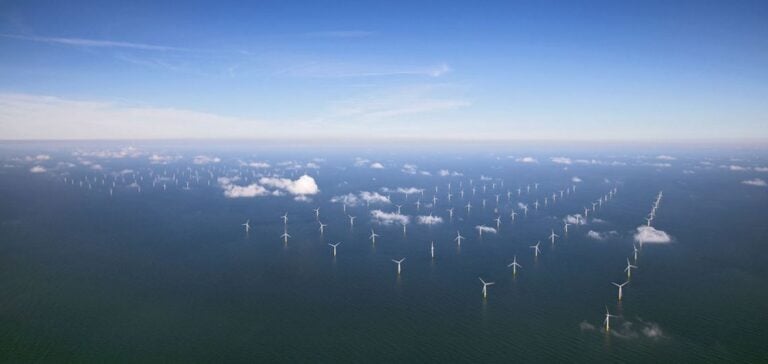SSE and Equinor, co-developers of phase 4 of the Dogger Bank wind farm, recently submitted a scoping report to The Planning Inspectorate. The aim is to obtain a Scoping Opinion to assess the environmental impacts required to advance the project, which could add up to 2GW of offshore wind capacity.
The Dogger Bank D project, a 50/50 joint venture between SSE Renewables and Equinor, would be located in the North Sea, around 210km off the northeast coast. The infrastructure would be connected to the future 400kV Birkhill Wood substation in the East Riding of Yorkshire, in line with National Grid ESO’s Transitional Centralised Strategic Network Plan (tCSNP2) published in March 2024. Offshore wind farm projects are on the increase, as demonstrated by the Nordseecluster project led by RWE.
Scoping report and EIA
The scoping report submitted requests a Scoping Opinion to define the topics to be assessed in the project’s Environmental Impact Assessment (EIA). This step is essential for submitting an application for a Development Consent Order (DCO).
Classified as a Nationally Significant Infrastructure Project (NSIP) due to its capacity of over 100MW, Dogger Bank D requires a detailed EIA to ensure regulatory compliance and minimize potential environmental impacts.
Project progress and commercial implications
The development of Dogger Bank D would maximize the use of the eastern area of the existing Dogger Bank C site, in collaboration with The Crown Estate, the UK’s seabed manager. Once complete, Dogger Bank will become the world’s largest operating offshore wind farm.
This project represents a significant opportunity for SSE and Equinor to increase their renewable energy portfolio and meet the growing demand for clean energy. Public consultations and stakeholder contributions will be incorporated to refine the final project proposals.
Scoping Opinion and stakeholder feedback will help shape the final proposals, ensuring a balanced approach to Dogger Bank’s expansion. This development could strengthen the position of both companies in the offshore wind market, while contributing to the UK’s energy security.






















